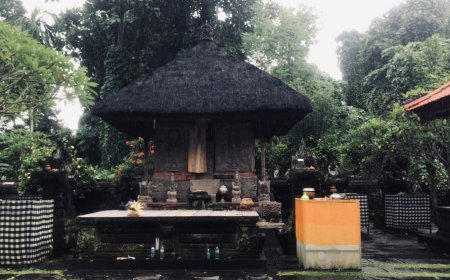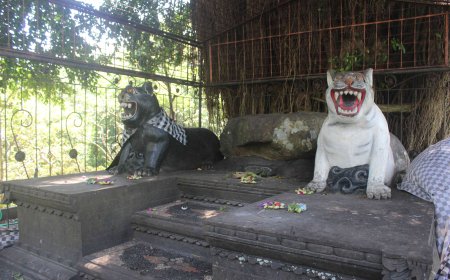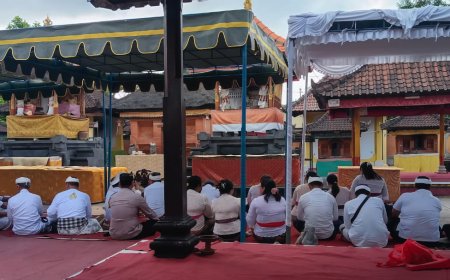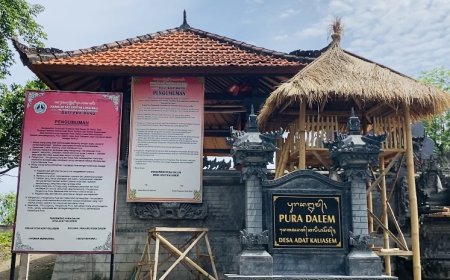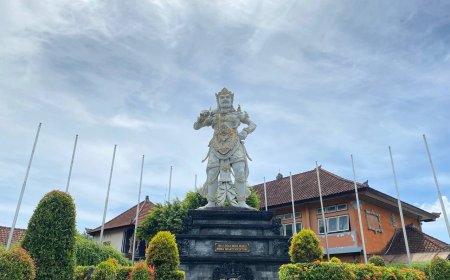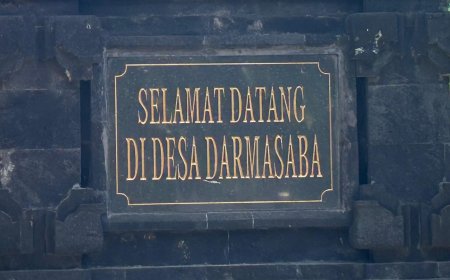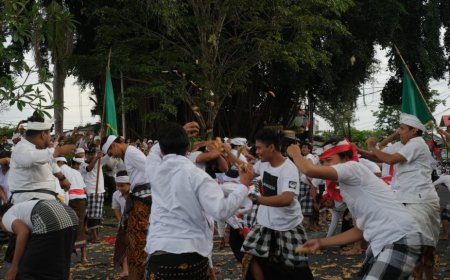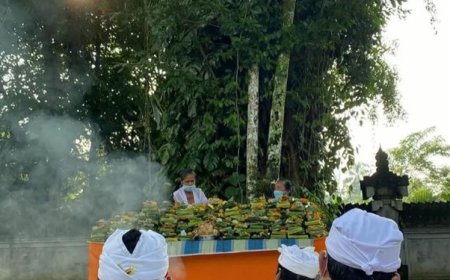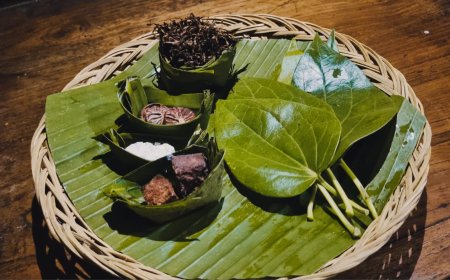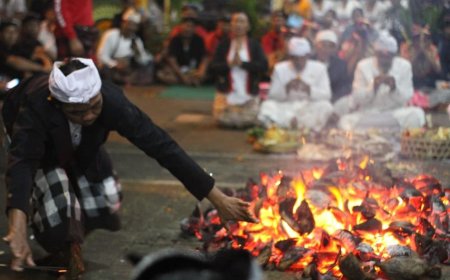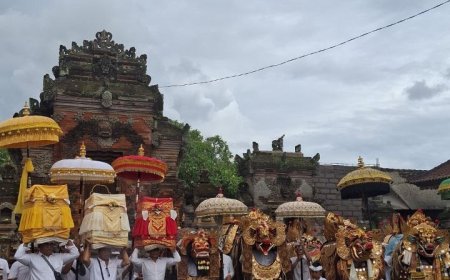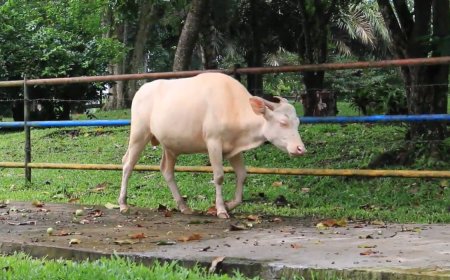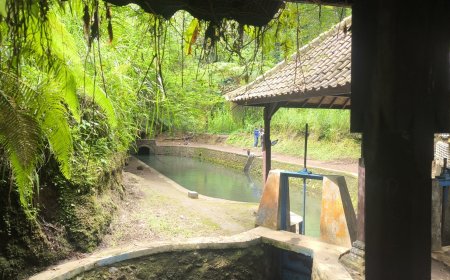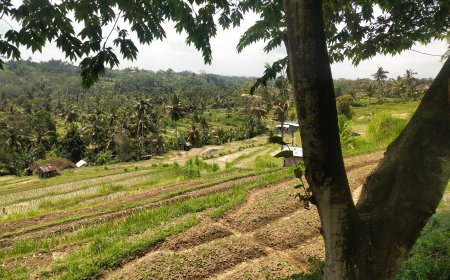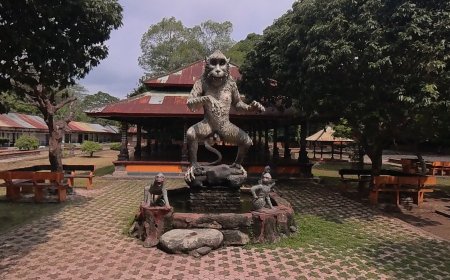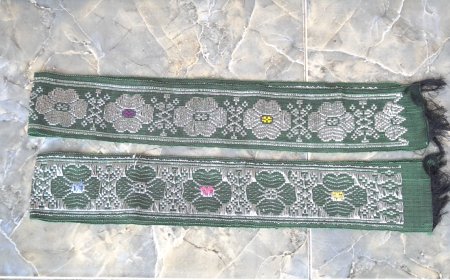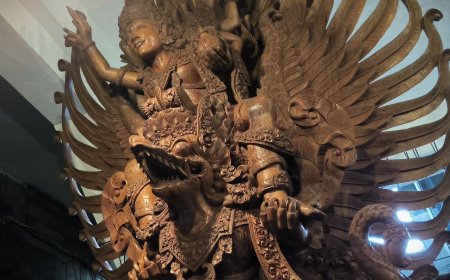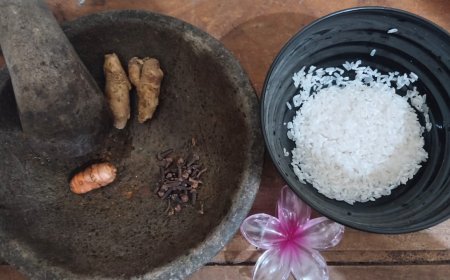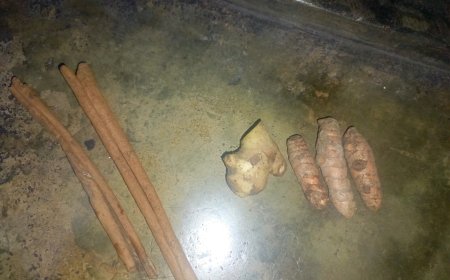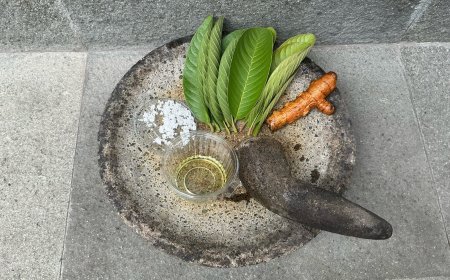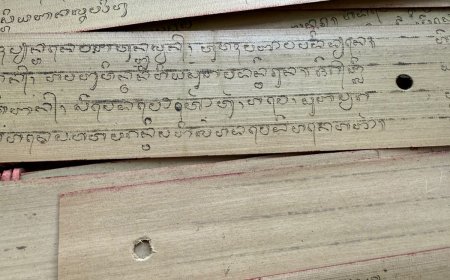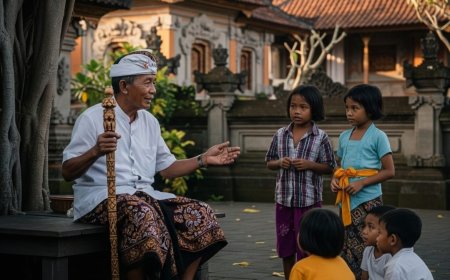More Than Just a Riddle: Cecimpedan as a Reflection of Balinese Culture
Cecimpedan is a traditional Balinese riddle that offers not only entertainment but also educational value. This oral tradition reflects the way of life of the community through humor and wordplay. Local wisdom is embedded within its simple yet meaningful structure. The existence of cecimpedan enriches oral cultural heritage and ensures generational continuity. More than just a pastime, cecimpedan serves as a medium that connects entertainment, knowledge, and cultural values in Balinese society.
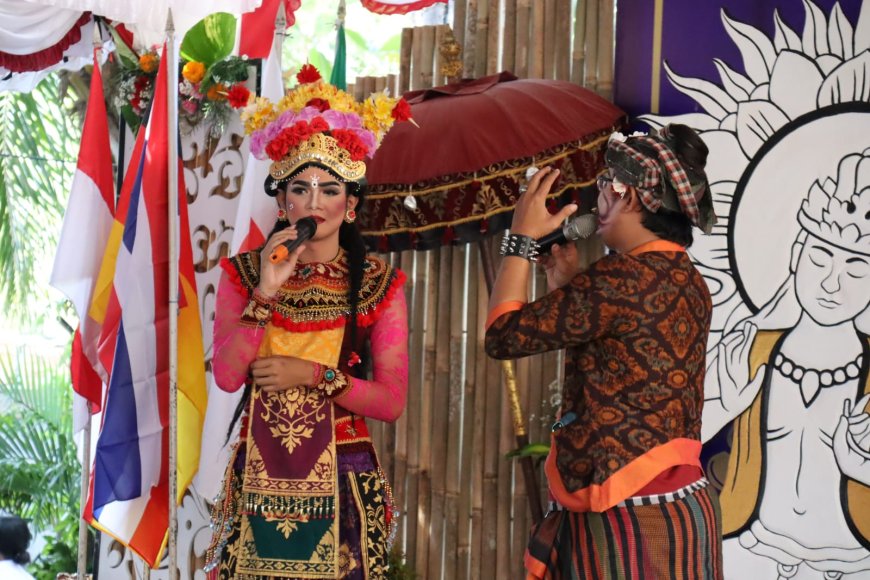
Riddles are often seen merely as lighthearted games, yet behind every question lies cultural traces and a worldview. The same holds true for cecimpedan in Bali, which functions not only as casual amusement but also as a tool to sharpen reasoning, convey satire, and preserve local wisdom. The word cecimpedan comes from the root word cimped, meaning “to guess.” Through reduplication (dwipurwa) it becomes cecimped, then with the suffix -an, it forms cecimpedan, meaning “guesswork” (bade-badean).
Children playing cecimpedan (Photo Source: Private Collection)
Within Balinese tradition, three types of cecimpedan are recognized. Cecimpedan alit-alit is used by children, simple in form and often rhymed, serving to expand vocabulary and stimulate thinking from an early age. For example, the question “Apa cing-dag?” (“What buries a corpse?”) is answered with “Cicing medemin bodag” (“A dog burying a carcass”). The second type, cecimpedan biasa, is used by those over ten years old, more complex and requiring broader knowledge. Examples include: “Apa anak cerik maid cacing?” (“What is small but has worms inside?”) answered with “Jarum” (“Needle”), or “Apa ke mirah asibuh?” (“What is red at dawn?”) answered with “Delima” (“Pomegranate”). The third type, cecangkriman, takes the form of verse or song, often sung to lull children to sleep while sharpening sensitivity to linguistic symbols. One such riddle goes:
Nyrekukut,
Majempong ya biana sengguhu,
Masisik dong naga,
Matapuk boya ya manggis,
Tur macunguh,
Nanging tusing bisa ngungas.
With the answer manas (pineapple). This form functions not merely as a lullaby, but also as a medium for cultivating linguistic awareness. The presence of these three forms demonstrates that cecimpedan is not limited to one age group, but is embraced across all layers of society.
Balinese Bondres performance with cecimpedan (Photo Source: Private Collection)
In the past, cecimpedan appeared in games, casual conversations, and contests of wit, reinforcing social bonds through oral interaction. Over time, cecimpedan also found its place in performing arts, especially in bondres, a traditional Balinese comedic theater. In bondres, humorous dialogues are often interwoven with proverbs, riddles, and cecimpedan. The function remains the same: to entertain audiences while delivering satire or moral lessons through easily understood humor. Its presence in bondres proves that riddles are not confined to daily conversation but also thrive as a medium of art and social critique within society.
The structure of cecimpedan consists of two main elements, the problem and the solution. The question usually begins with an interrogative word, followed by a subject and predicate, sometimes ending with a concluding formula for emphasis. The solution may be a single word, a compound word, or a short phrase. In practice, one answer may correspond to multiple questions, and vice versa, highlighting the flexibility of the Balinese language in shaping words and meaning. The linguistic play is its main attraction. The most common form is analogy visual, auditory, olfactory, tactile, or functional along with polysemy and personification. This creativity transforms everyday experiences into questions that spark both curiosity and laughter.
Balinese oral tradition growing with children (Photo Source: Private Collection)
Ultimately, cecimpedan is more than mere entertainment. It reflects the collective experiences of Balinese society. Themes of agricultural produce, food, and household activities underscore its agrarian roots, while the inclusion of European cultural elements reveals traces of historical encounters during colonial times. Each cecimpedan, therefore, is not just a riddle, but a small portrait of social values and history in Bali.
As an oral cultural heritage, cecimpedan preserves values worthy of safeguarding. Within it lies linguistic creativity, depictions of daily life, and records of cultural interactions. Preserving this tradition not only maintains Balinese identity but also enriches the broader treasury of Indonesian oral literature. The continuity of cecimpedan in conversation, education, and performance art such as bondres ensures the preservation of both linguistic beauty and cultural wisdom.
References
Tinggen, I. N. (2005). Cecimpedan lan beladbadan. Singaraja: Indra Jaya.
Temaja, I. G. B. W. B. (2018). Cecimpedan: teka-teki dalam bahasa Bali. Language Development and Fostering Agency, Jakarta.
